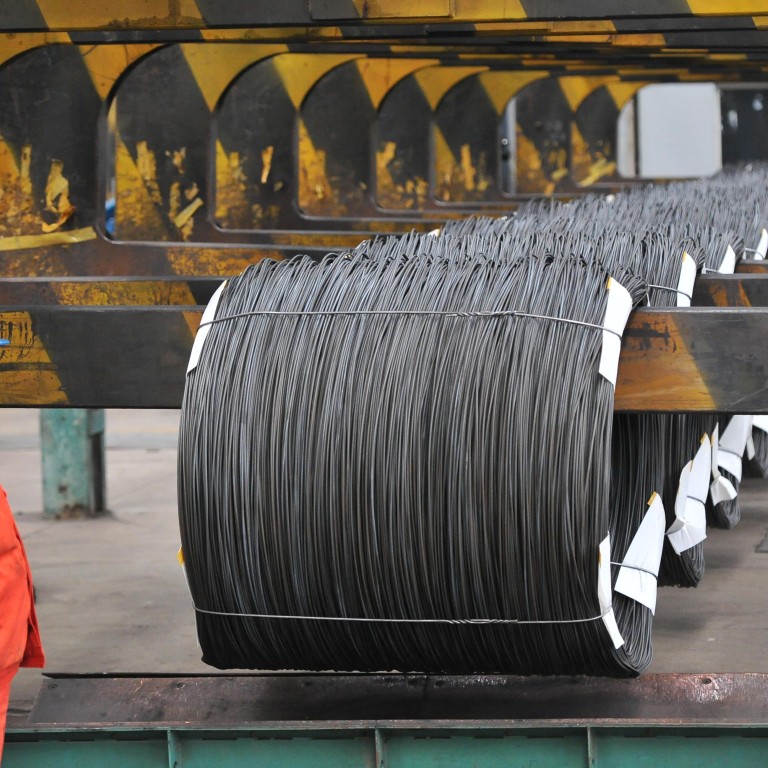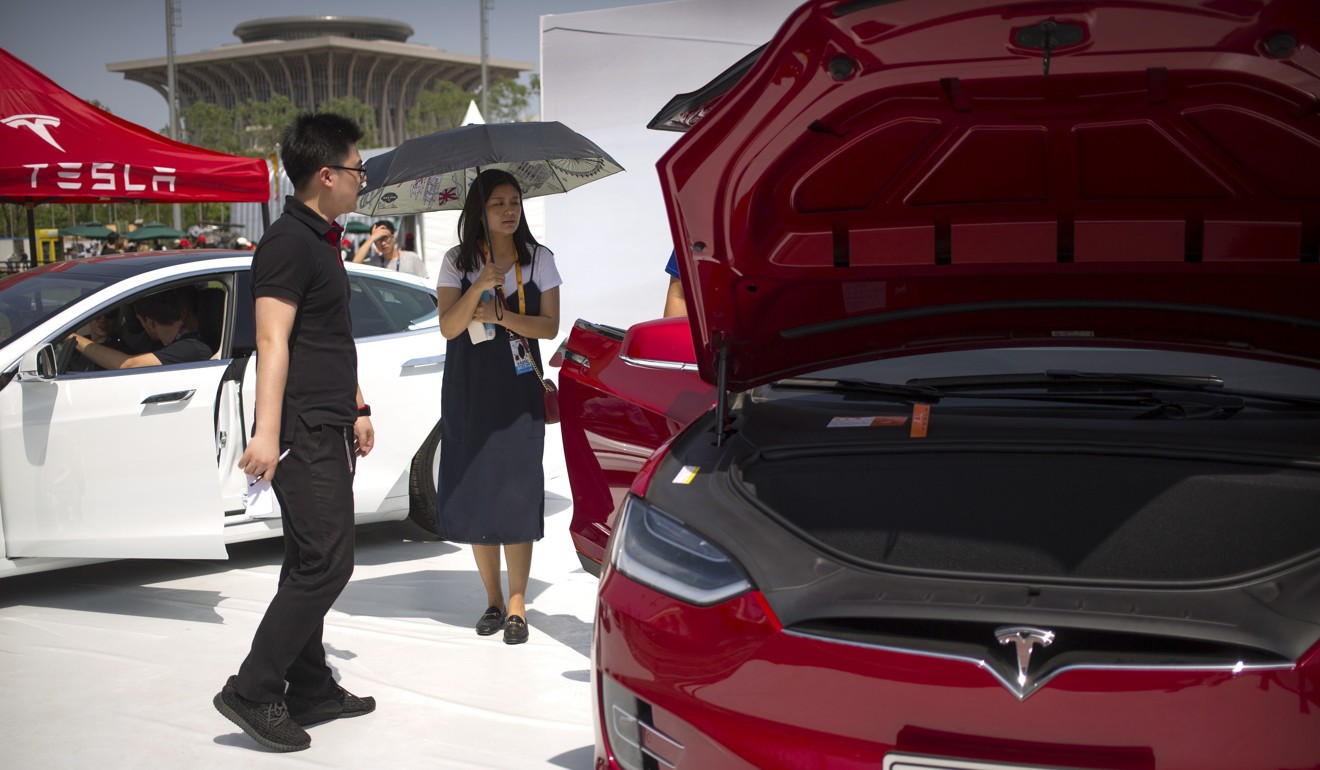
Trade war: Chinese factory prices ease sharply in December raising threat of deflation
- Factory price index falls for sixth month in a row to lowest level in 2½ years and well below expected level
- Deceleration reflects weakening demand as the trade war with the United States has forced many to cut prices to sell their goods
Chinese consumer and factory inflation slowed more than expected in December, raising fears of deflation in the world’s second-largest economy as China’s trade war with the United States reduced demand and put downward pressure on prices.
The producer price index (PPI), which measures the rate of change in prices charged by producers for their goods at wholesale level, plunged to 0.9 per cent in December from 2.7 per cent in November, the National Bureau of Statistics said on Thursday.
The December result was well below the expectation for a 1.6 per cent rise according to a Bloomberg survey, and was the weakest since September 2016, when producer prices rose 0.1 per cent.
A rapid slowing in inflation is often the result of suddenly weakening demand and could be read as a sign of economic troubles down the road.
A quick deceleration in prices, along with weak reading in other economic indicators, paints a gloomy outlook for China’s economy and puts more pressure on the Chinese leadership to take actions to bolster economic activity.
The deceleration of factory gate prices underscored the problems facing Chinese industry, as weakening demand due to the trade war has forced many to cut prices to sell their goods. This, in turn, puts pressure on firms’ profitability, reducing their ability to invest and hire new workers.
Factory prices have now decelerated for six months in a row, raising the spectre of another round of price deflation at factory level unless there is a resolution of the trade conflict with the United States.
Lu Ting, chief China economist at Nomura International in Hong Kong, wrote in a note that the weakness in PPI came from both weaker domestic demand and lower raw material prices.
“Rapidly falling inflation, especially factory-gate PPI inflation, is further evidence that China’s economy is slowing at a worrying pace,” Lu wrote.
He expected PPI inflation to soon return to negative territory, reducing inventory stocks and exerting further downward pressure on China’s growth.
PPI would post a 0.1 per cent decline for the full-year 2019, he predicted.

Prices in China’s car industry, which reported the first annual fall in sales in 2018 in over two decades, fell 0.2 per cent in December from a year earlier.
Prices in the country’s telecommunication sector rose 0.4 per cent, according to the National Bureau of Statistics.
Ning Jizhe, vice-chairman of the National Development and Reform Commission, the country’s top economic planning agency, said on Tuesday that authorities are set to roll out new policies to boost consumption of key items such as cars and home appliances.
Iris Pang, Greater China economist from ING Bank, said that China is likely to announce the incentives on the purchase of cars before the week-long Lunar New Year holiday, which starts on February 5, in response to signs of weakening growth.
“The manufacture of automobiles and telecommunication parts and products weakened in December. And we think this phenomenon should continue in January if there is no stimulus support,” Pang said.
The consumer price index (CPI), meanwhile, rose 1.9 per cent in December compared with a year earlier, down from 2.2 per cent in November.

The December rate was below the expectation for a 2.1 per cent rise in the Bloomberg survey, and was the lowest since the 1.9 per cent reading in June last year.
Within December’s consumer price index, food prices rose 2.5 per cent, the same rate as in November, while non-food prices rose 1.7 per cent, down from 2.1 per cent the month before.
Julian Evans-Pritchard, senior China economist at Capital Economics, said that low CPI inflation gave the People’s Bank of China more leeway to ease monetary policy further.
“Cooling factory gate inflation would strengthen the case for the Chinese central bank to do more to ease financial pressure on industrial firms including cutting benchmark lending rates,” he wrote.
Nomura’s Lu agreed that slowing inflation gave Beijing more room to push more aggressive stimulus policies to keep economic growth on track, and could lead to lower interbank rates and bond yields.

